Serendibite is named after “Serendib”, the old Arabic name for Sri Lanka, where the mineral was found.
Serendibite can be found in colors such as pale yellow, blue-green, greyish blue, black. It can be found in Sri Lanka, USA, Canada, Madagascar, Tanzania, Russia, Myanmar. In Sri Lanka, Specially from Kurunegala, Ratnapura, Embilipitiya, Kolonna.

• Chemical Formula: (Ca,Na)2(Mg,Fe2+)3(Al,Fe3+)3[O2|(Si,Al,B)6O18]
• Elements listed: Al, B, Ca, Mg, O, Si
• Common Impurities: Ti,Fe,Mn,Na,K,F,H2O,P
• Lustre: Vitreous
• Hardness: 6½ – 7
• Specific Gravity: 3.42 – 3.52
• Crystal System: Triclinic
• Density: 3.42 – 3.52 g/cm3 (Measured)
• RI values: nα = 1.701 nβ = 1.703 nγ = 1.706
• Pleochroism: Strong; X = pale yellow, yellow-green
to blue-green; Y = almost colorless, pale yellow, blue, blue-green; Z = light to dark blue.

• Category: Inosilicates
• Crystal class: Pinacoidal
• Diaphaneity: Transparent, Translucent, Opaque
Serendibite is a Biaxial (+) gemstone and can be seen strong dispersion. Serendibite may be confused with sapphirine and zoisite. Open color gem-quality serendibite gemstones are extremely rare to find from mining and very expensive. Serendibite is still one of the 10 rarest gems in the world.
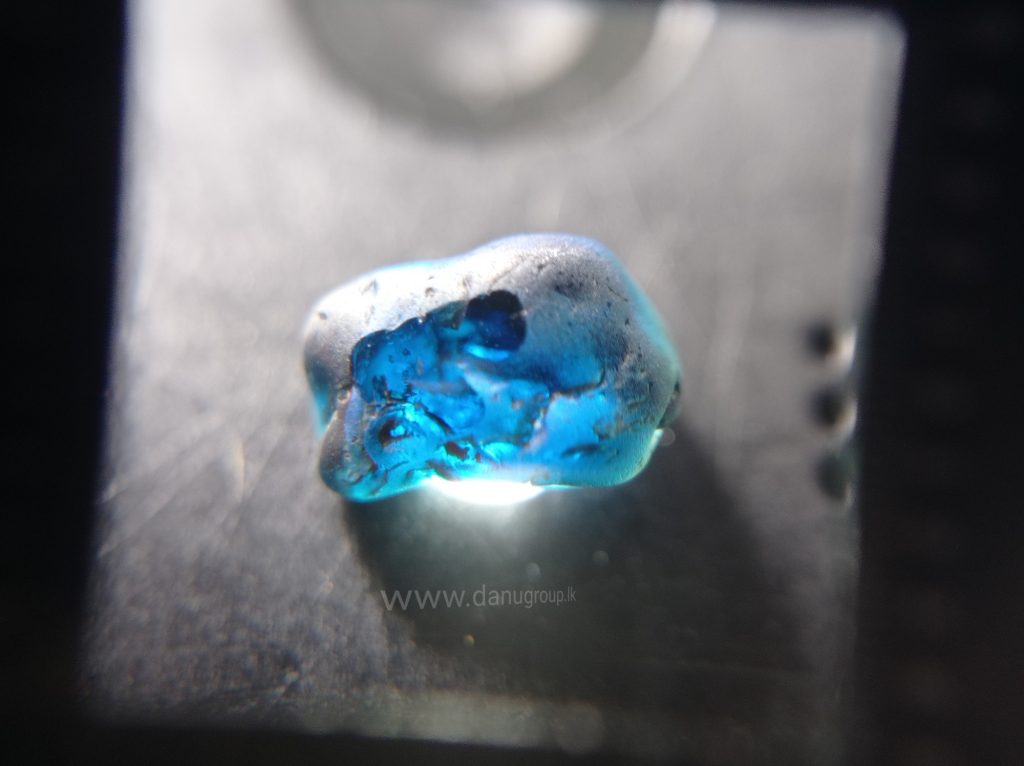
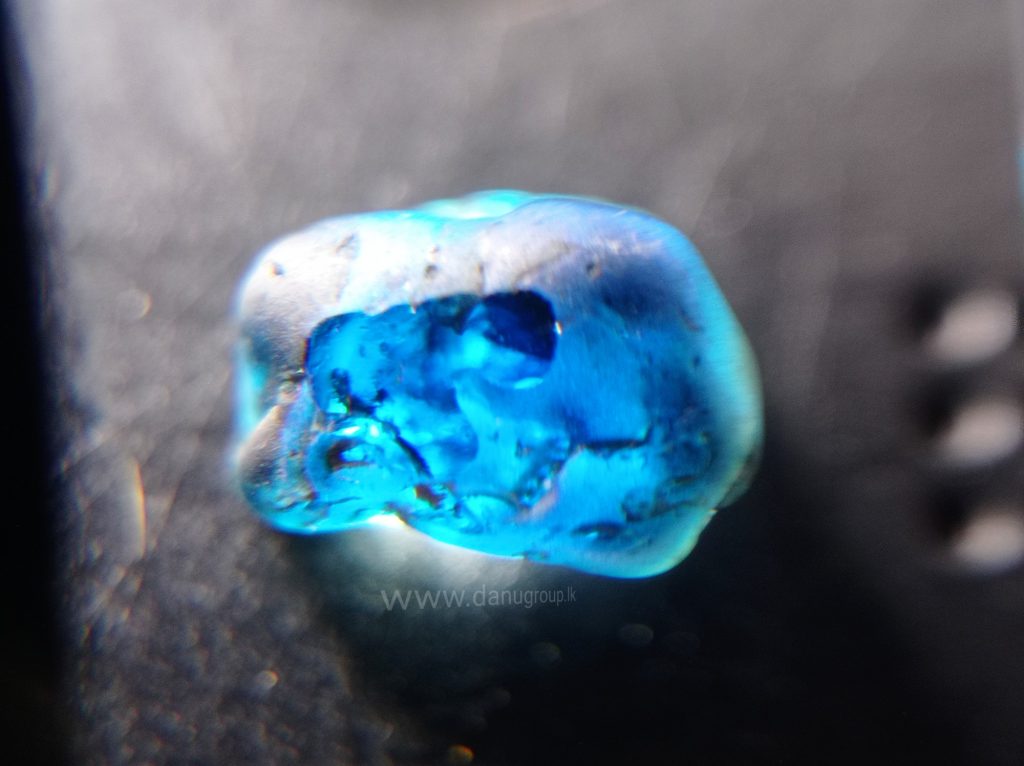
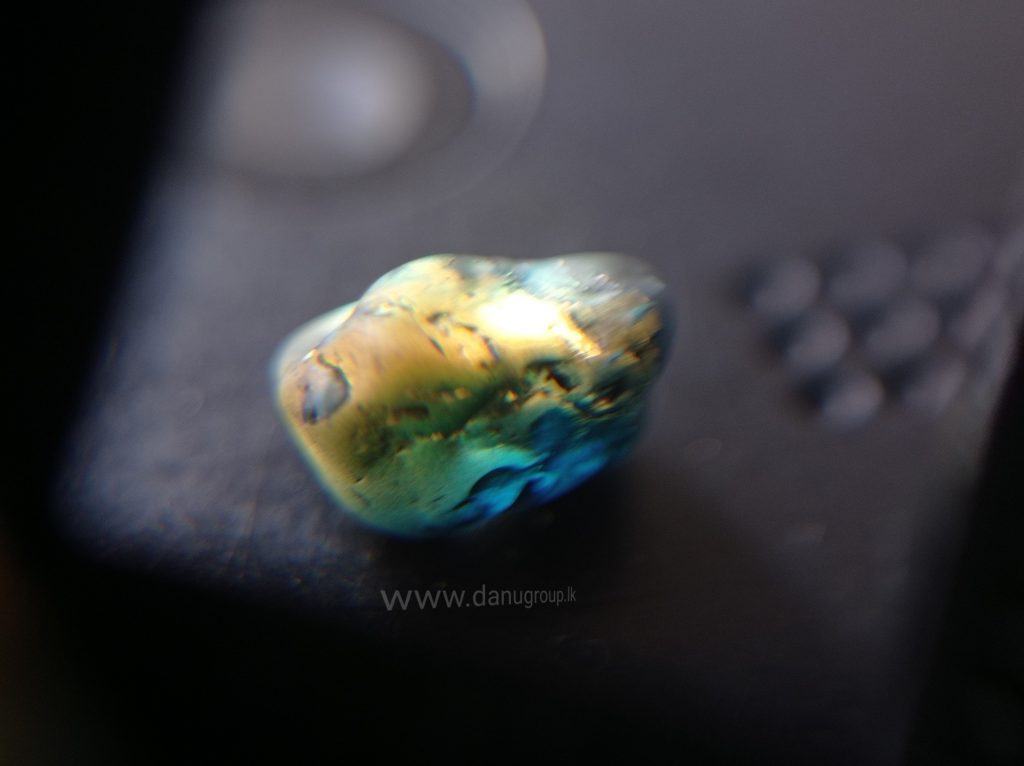
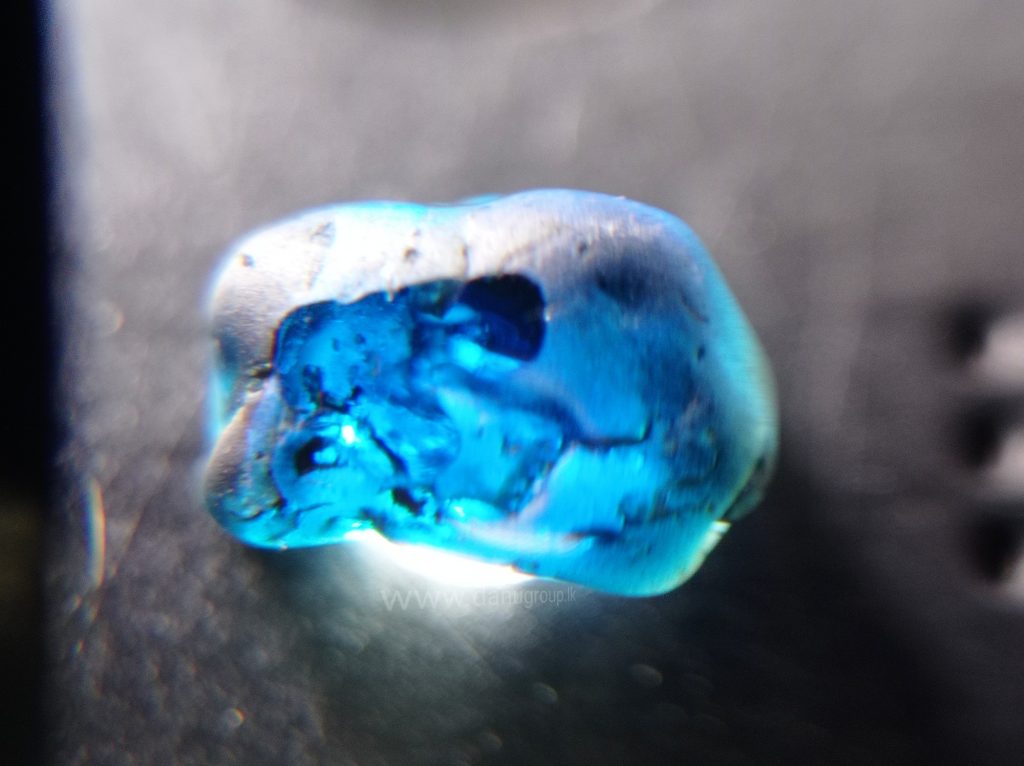
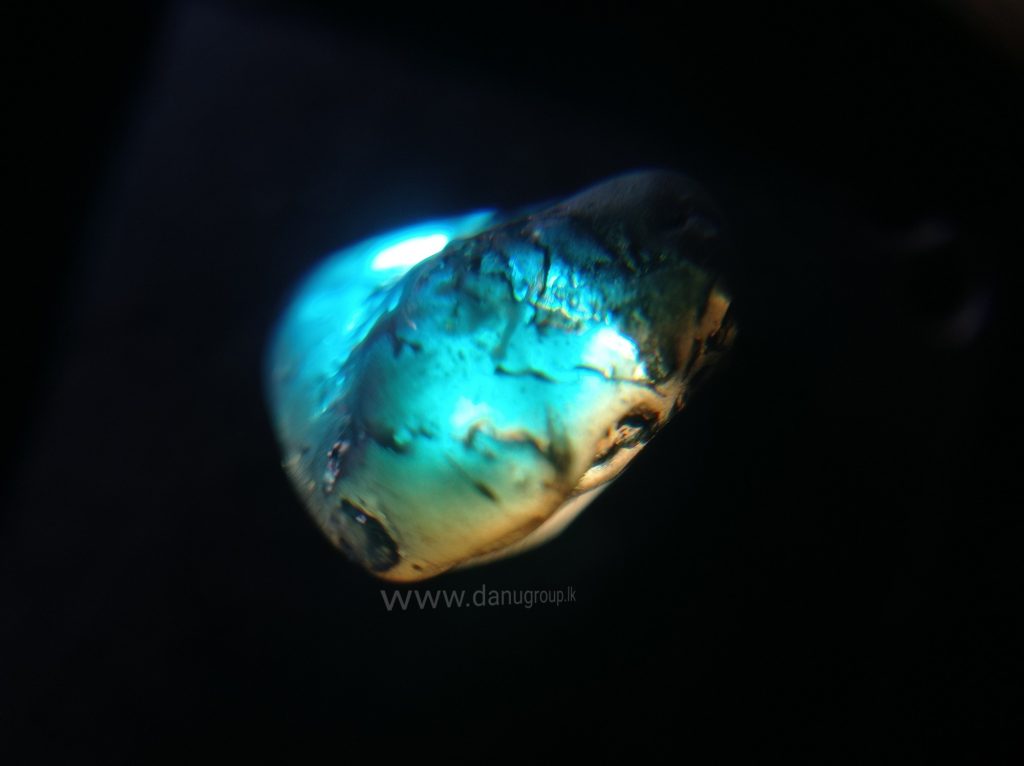
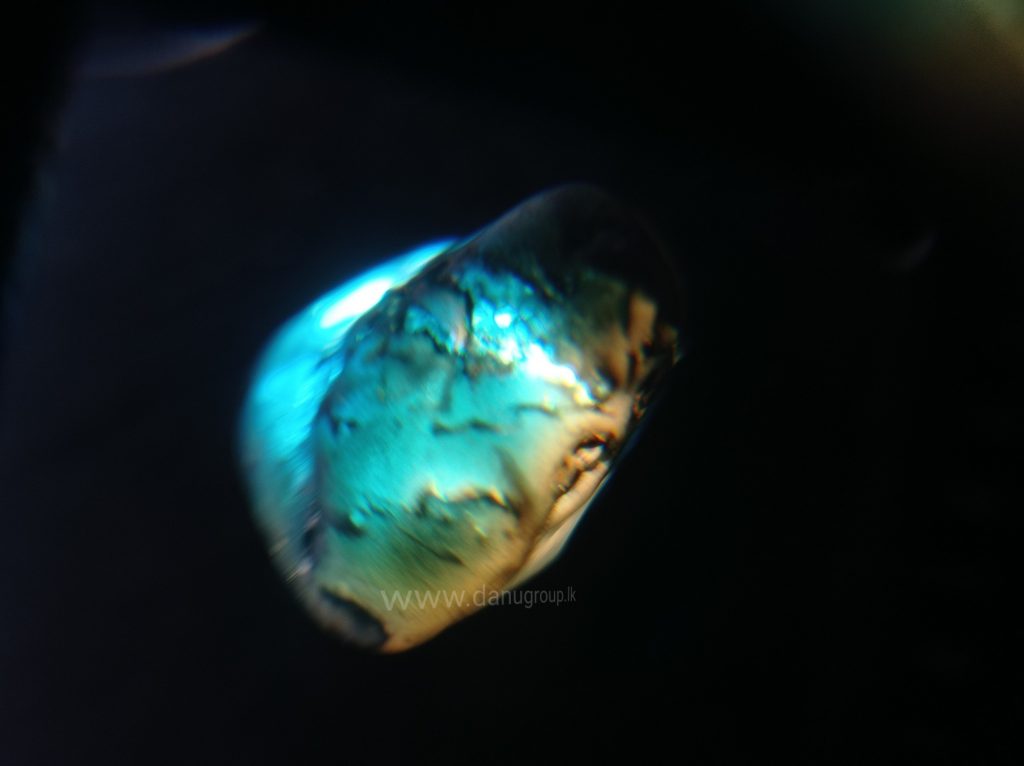
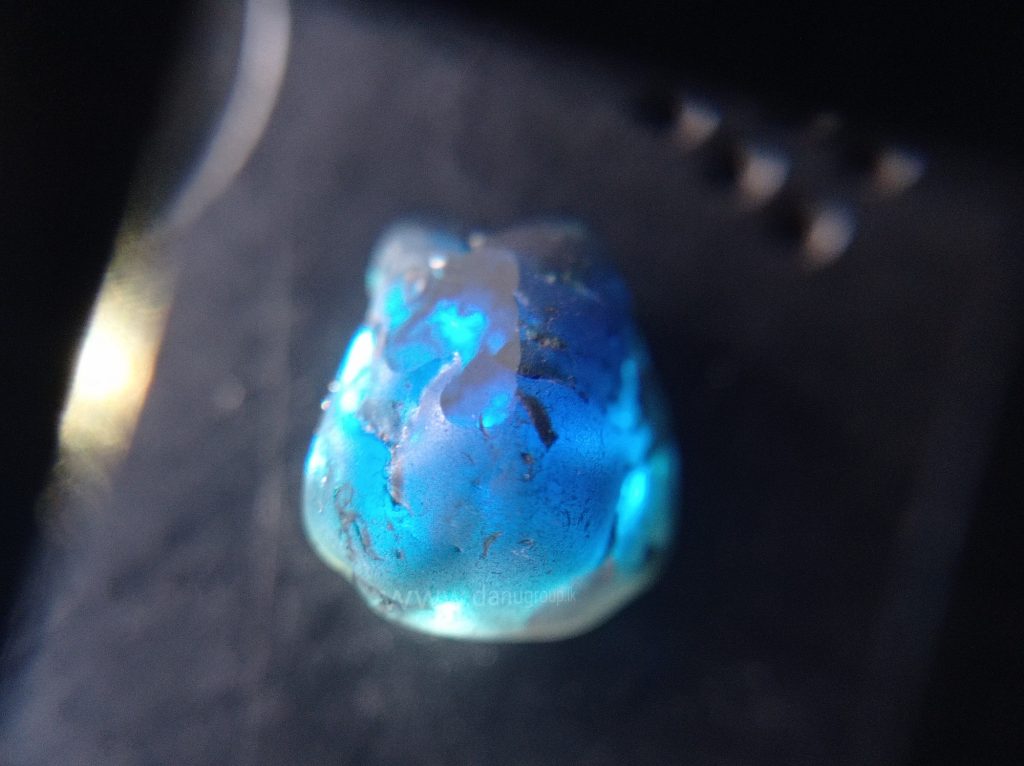
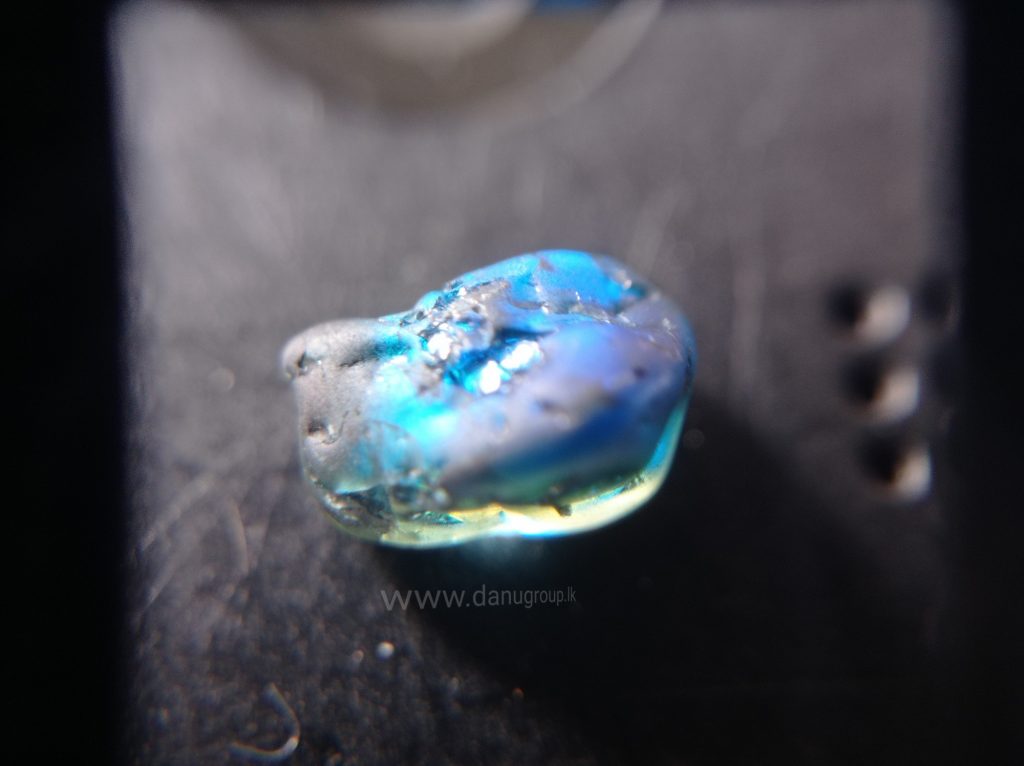
The mineral is found in skarns associated with boron metasomatism of carbonate rocks where intruded by granite. Association: Diopside, spinel, phlogopite, scapolite, calcite, tremolite, apatite, grandidierite, sinhalite, hyalophane, uvite, pargasite, clinozoisite, forsterite, warwickite, graphite.


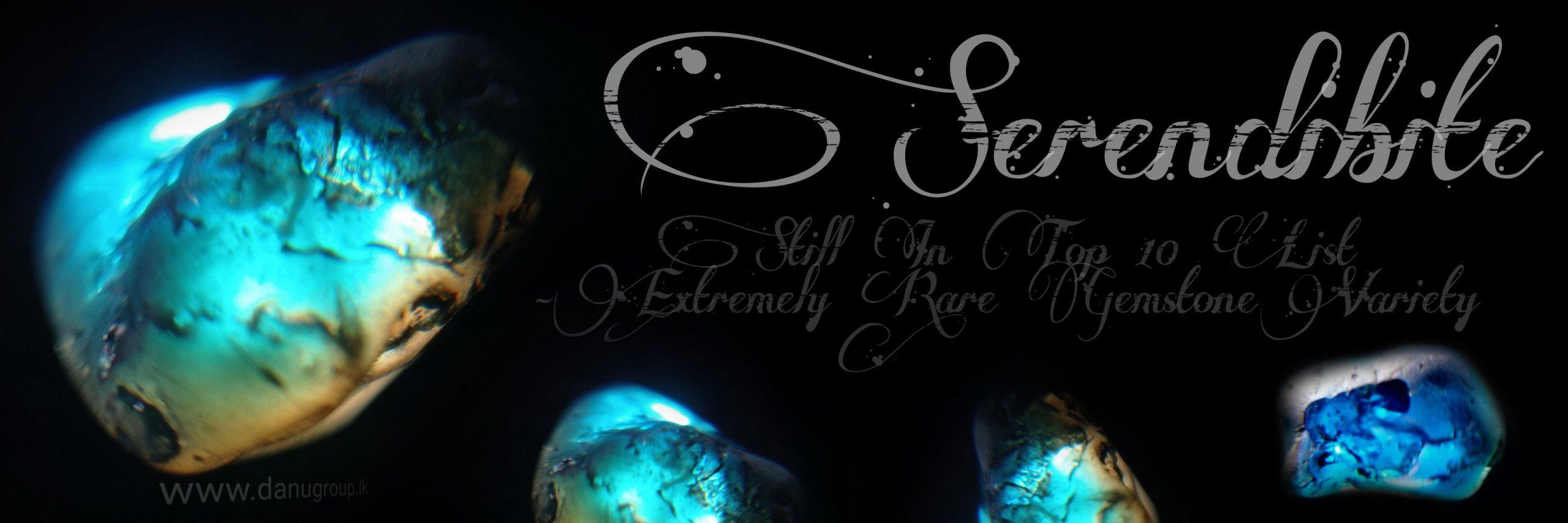
Infact very good product and l have source of the serendbite stone
Thank you